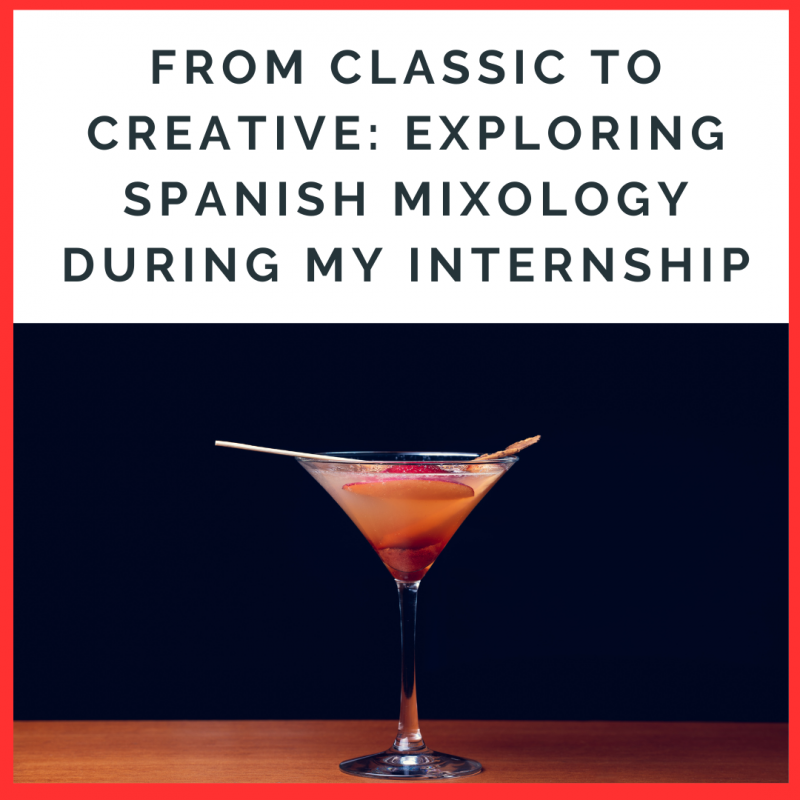From Classic to Creative: Exploring Spanish Mixology During My Internship
Mixology is an ever-evolving art, blending flavors and techniques to create unique gustatory experiences.
During my internship in Spain, I had the opportunity to explore Spanish mixology, which combines tradition and creativity to offer exceptional cocktails.
In this article, I will share my experience and take you on a journey through the delights of Spanish mixology.
The Traditional Experience:
During my internship, I was introduced to traditional Spanish mixology.
I learned the basics of classic cocktails such as sangria, horchata, and the famous paella cocktail.
I discovered how Spaniards skillfully use local ingredients like wine, citrus fruits, and aromatic herbs to create refreshing and delicious drinks.
Traditional techniques such as maceration and fermentation are also employed to bring a unique depth of flavor to these cocktails.
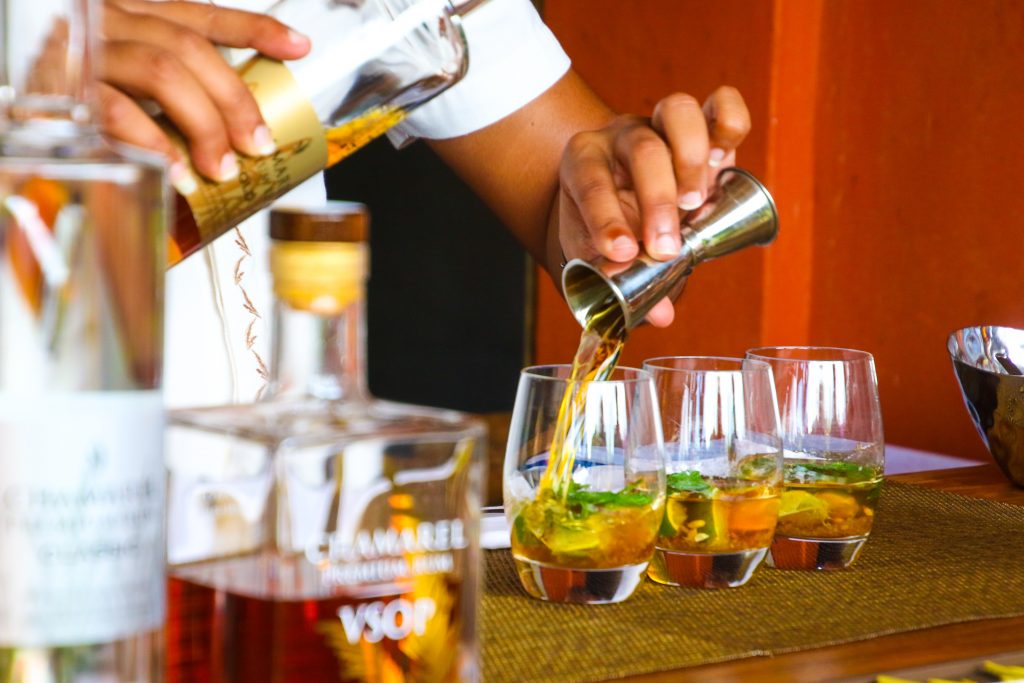
The Mixology Revolution:
However, Spain is also known for its creative and avant-garde mixology scene.
During my internship, I had the chance to visit renowned bars and restaurants where mixologists push the boundaries of creativity.
Innovative techniques such as vacuum distillation, the use of smoke, and the creation of aromatic foams were employed to craft unique and surprising cocktails.
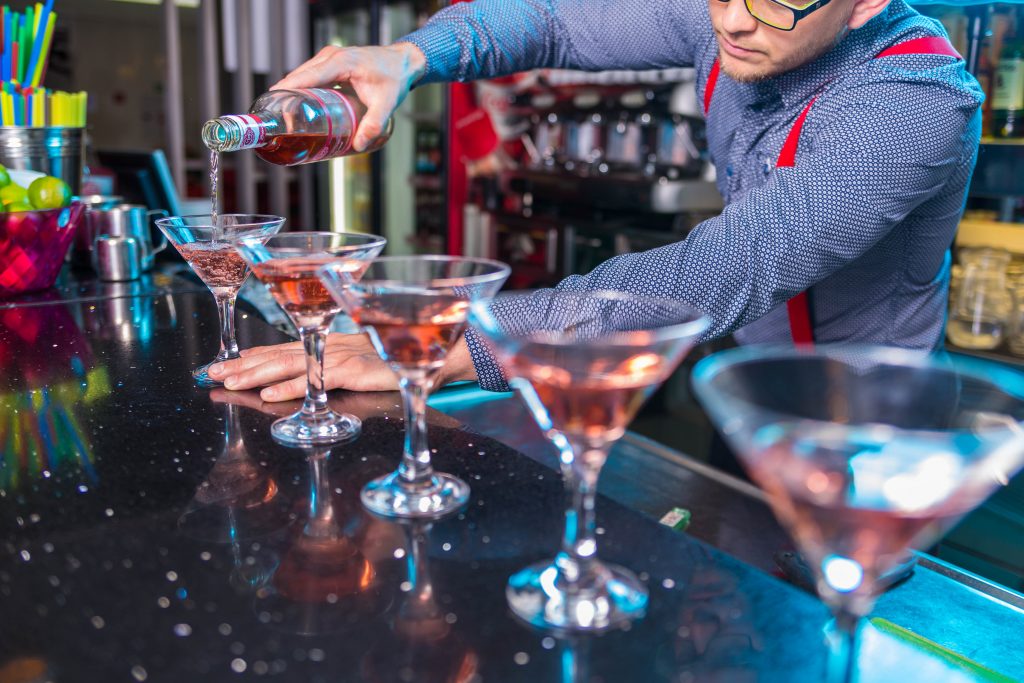
Unexpected Ingredients:
What truly sets Spanish mixology apart is the use of unexpected ingredients.
I was amazed to see cocktails made with vegetables, exotic spices, and even seafood.
Spanish mixologists play with flavors and textures to create unforgettable gustatory experiences.
I particularly enjoyed cocktails based on gazpacho and spicy blends infused with chili.
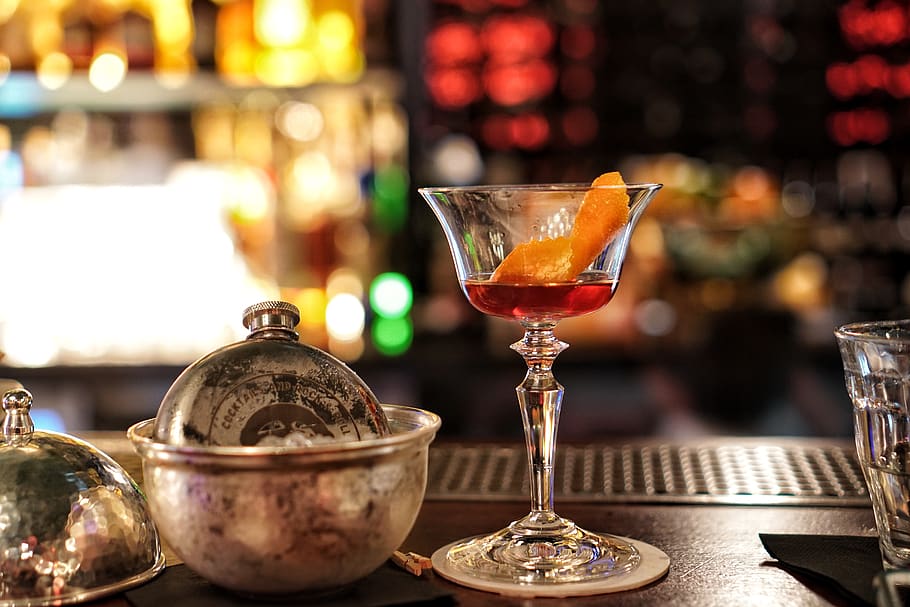
Influence of Spanish Cuisine:
Spanish mixology is heavily influenced by the country’s rich cuisine.
Cocktails are often created to complement typical dishes such as paella, tapas, and fresh seafood.
I had the opportunity to taste cocktails specifically crafted to accompany traditional Spanish cuisine, creating a perfect harmony between food and drinks.
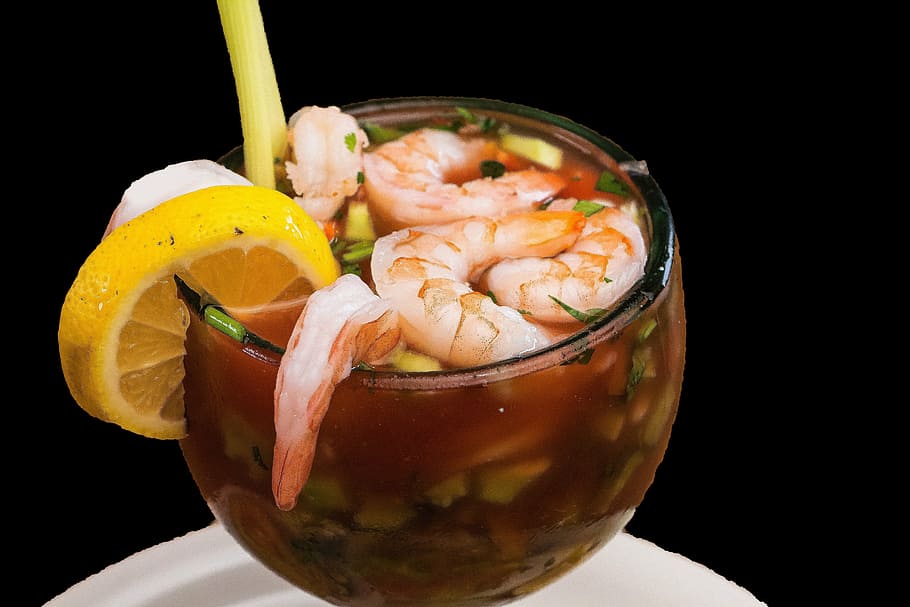
Current Trends:
Beyond tradition and creativity, I also discovered the current trends in Spanish mixology.
Low-alcohol cocktails, non-alcoholic beverages, and craft cocktails are becoming increasingly popular.
Spanish mixologists also have a particular sensitivity to local and sustainable ingredients, using organic products and supporting local producers.
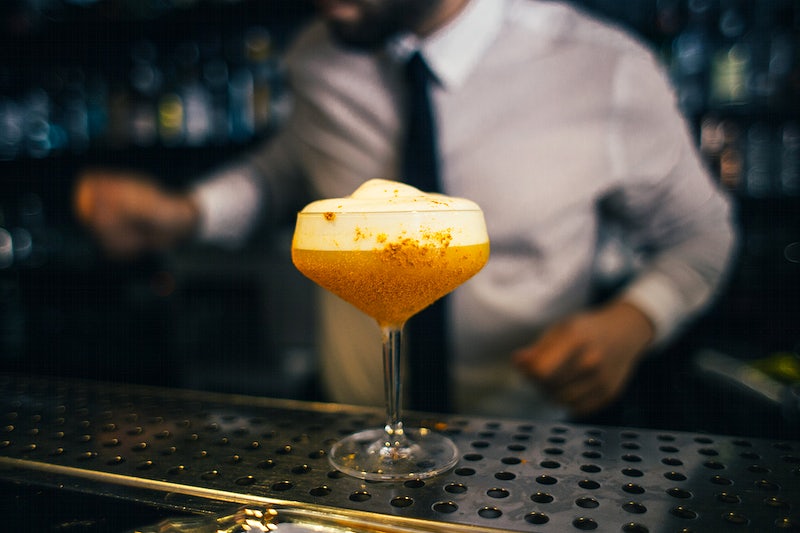
Conclusion:
My internship in Spain opened my eyes to the richness and diversity of Spanish mixology.
From tradition to creativity, I was able to explore a new dimension of this art by tasting unique and innovative cocktails.
Spanish mixology expertly combines local ingredients, traditional techniques, and creative audacity to offer one-of-a-kind gustatory experiences.
Whether you are a fan of classic cocktails or an enthusiast of experimental mixology, the Spanish mixology scene is sure to surprise and captivate you.
For more information visit our website.

